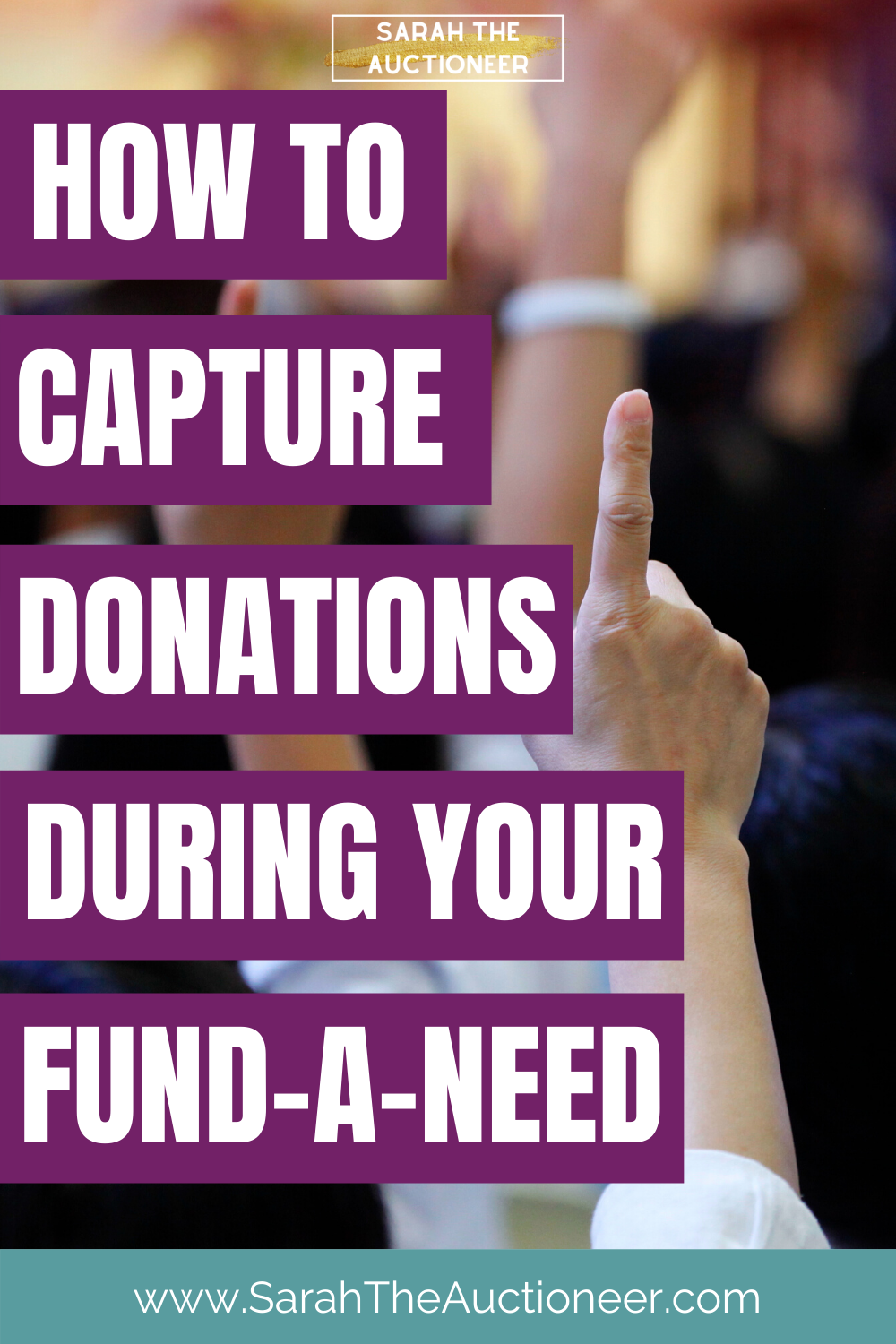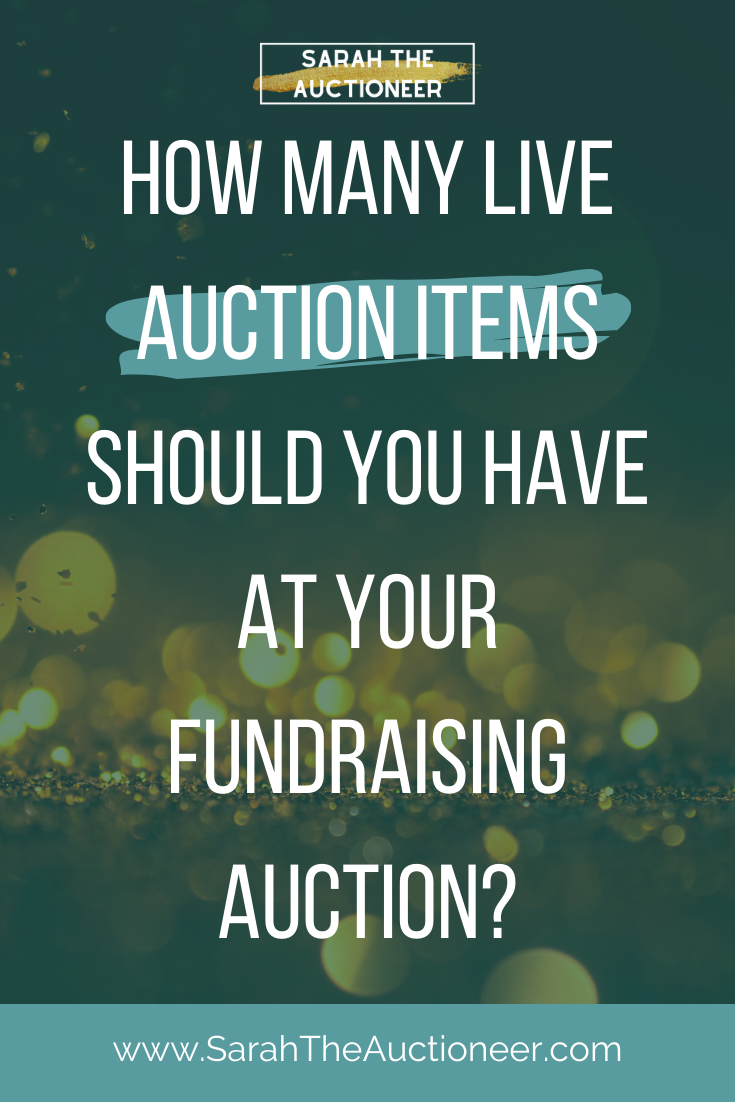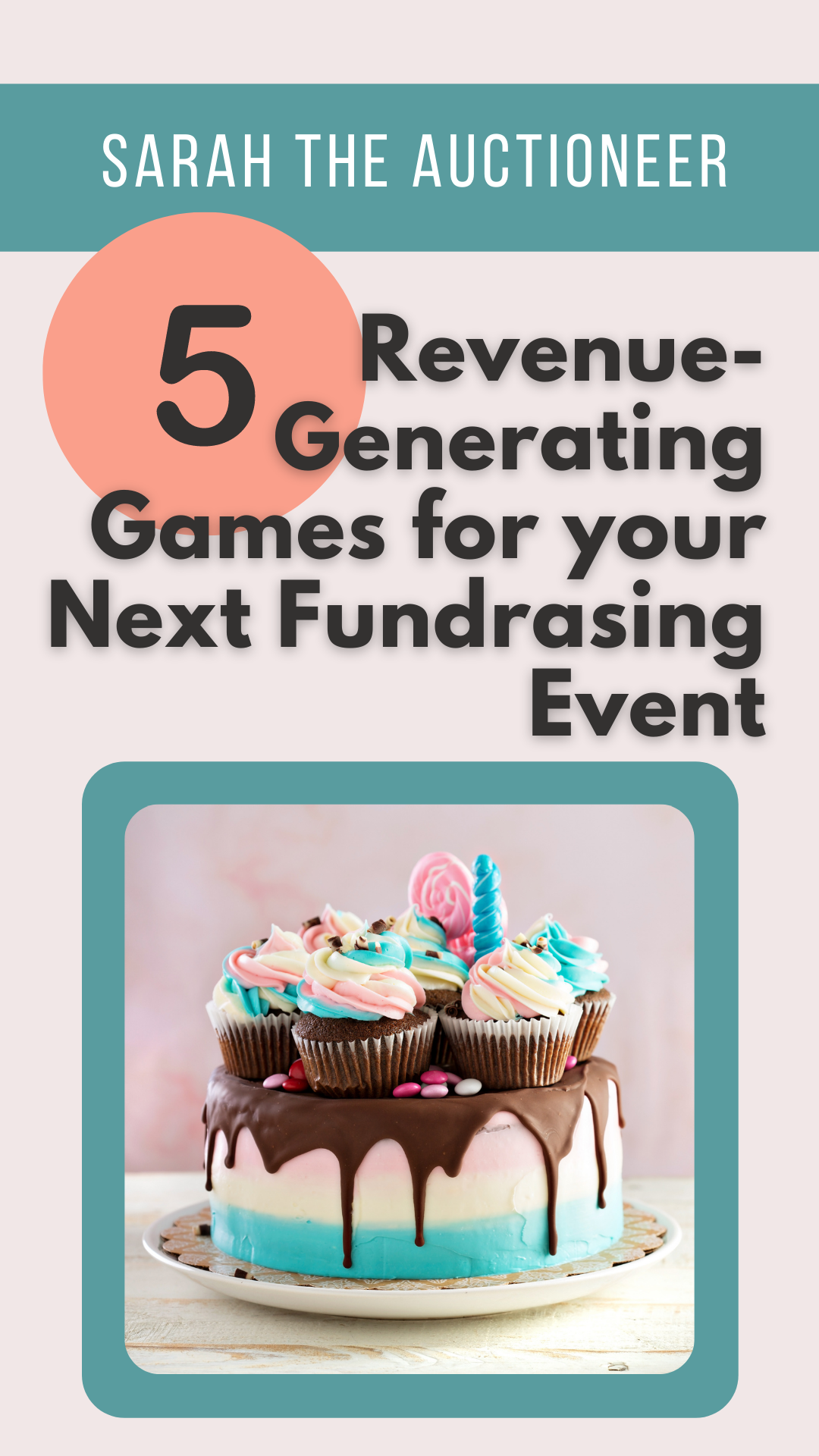What if you could raise more money at your next event? What would that mean to your organization? Just think of all the amazing things you could do!
Like you, Lift Up, was grateful for their sponsor who chose them as their nonprofit of choice for their annual golf tournament. They were bringing in some extra money for their organization, but saw so many opportunities where they could engage donors better and raise more money so they could make a greater impact. This volunteer-run organization gives away 100% of the money they raise and tackle issues all over the world meeting the needs of people most other people don’t even know exist.
This year they set an ambitious goal of raising $80,000 to build a school in Peru. This was more than they had raised in the past, but they set themselves up for success so they thought they could do it. And they did, plus an extra $42,000 for a total of $122,000 raised!
So how did they raise 50% above goal at their event this year?
They took control of their event
Instead of the golf event being a corporate event with a nonprofit benefactor, they turned it into a nonprofit fundraiser with a corporate sponsor. This allowed them to have more control of how the event was managed.
They invited the right people
With having more control of their event, they were in charge of the guest list. So instead of stacking the room with corporate employees who knew nothing about them, they invited sponsors and business leaders in the area and created a higher end experience for the people who attended. If you are having a more intimate event and are unsure who to invite, check out this post I shared on hybrid events, but is totally applicable to any event where you need to be picky about the guest list.
The educated guests before the program started
They had very short videos (less than 30 seconds) playing in the golf carts that would turn on when golfers pulled up to certain holes. This helped remind guests WHY they were there and educate them on the mission and the goal for the day. This helped keep golfers from being surprised when they showed up to the dinner and were asked to partner with them.
They added a Fund-A-Need brought in a Fund-A-Need Expert
They brought in a professional auctioneer who’s expertise was in the Fund-A-Need ask. Yes, me. I’m the Fund-A-Need Expert. I was able to consult with them before the event to walk through their program and help them create a timeline that ensured we were doing the Fund-A-Need at a time when guests were most engaged. We had to make sure they were fed, but not lethargic. Energized, but not too drunk. So we created a short and sweet (5 minutes) lead up to the Fund-A-Need featuring the organization’s founder and then I stepped in and facilitated their very first Fund-A-Need, which raised $45,000 in 10 minutes. At this point we were at $85,000 for the day, but had not considered auction totals yet.
As a fund-a-need expert, I’ve learned exactly what audiences respond to and how to build connections to the organization. This allowed me to take the key points and data shared by the founder and make it personal. Rather than $68,000 to build a school for a 1,000, I asked them to send 10 kids to school for $680, which had hands in the air faster than any $500 ask could have done. I was able to take their mission and make it personal. This allows for an ask that is shame-free and inspiring. Guests left the event feeling accomplished and impactful - which they were.
The had very specific goals
Going into it, they were not just going to “see how much they could raise.” But instead, they picked 3 projects they wanted to fully fund, which came to $80,000. As we got closer to closing the gap, the audience was not willing to give up. As we surpassed our goal during the Fund-A-Need, I asked what other projects we could fund, and used those as new benchmarks for the audience as we moved into the live auction and closed out the evening.
Mission Success
Bringing in a Fundraising Auctioneer and Fund-A-Need expert will most definitely raise more money at your event, but the only way to have true success is to do the leg work first. The room needs to have the right people and they need to be prepared and educated about your mission. So how can you make your next event profitable? Consider these questions:
Does this guest list have capacity (or interest) to give?
How are some ways I can share our mission with them before the event even starts?
Do I have someone who can clearly communicate our mission and make an impactful ask?
Start with these questions and go from there.
As always - Happy Fundraising!































